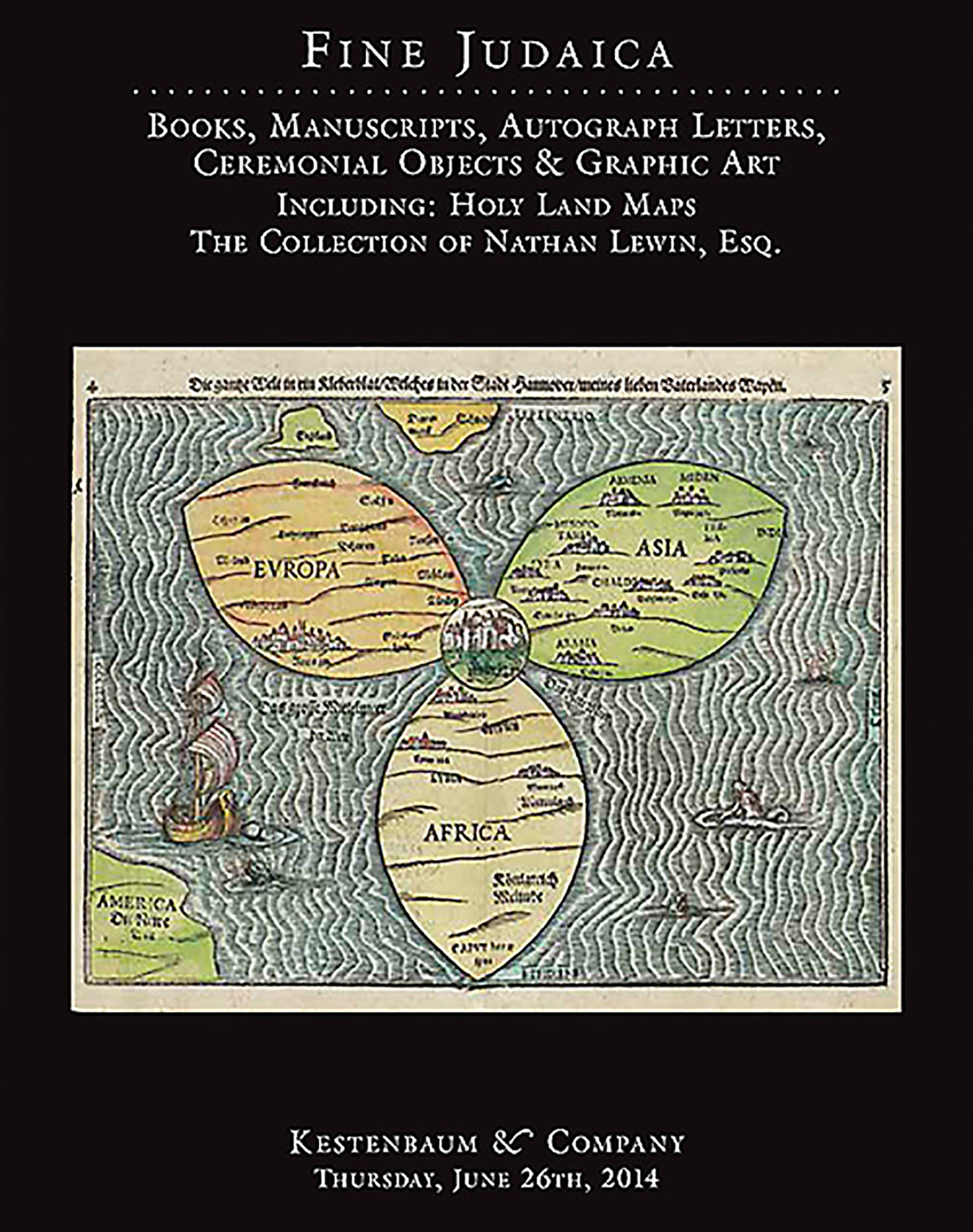Hoda’ath Baal Din. Part II [anti-Christian polemical exposition. A demolition of nine basic tenets of Christian dogma]

AUCTION 62 |
Thursday, June 26th,
2014 at 1:00
Fine Judaica: Books, Manuscripts, Autograph Letters, Graphic and Ceremonial Art
Lot 218
NASI, DAVID OF CANDIA.
Hoda’ath Baal Din. Part II [anti-Christian polemical exposition. A demolition of nine basic tenets of Christian dogma]
(Germany?): 19th century
Est: $600 - $900
David Nasi of Candia was presumedly the brother of Joseph the Duke of Naxos. This work was composed for Cardinal Francisco Bentivoglio who became disenchanted with Christianity. He asked Nasi, who was employed by him, to supply him with Jewish anti-Christian works. In addition, Nasi composed this work for him. The title Hoda’ath Baal Din (Admission of the Disputant) is indicative of the proposition of the author that the text of the Gospels themselves unwittingly demonstrate the validity of Judaism as opposed to Christian doctrine. The writer of the introduction states (p. 1b) that after Cardinal Francisco read this debate he became “another person and bequeathed to R. David a property containing a field and a vineyard from which the author was able to maintain a comfortable livelihood”.
This work was first published in Frankfurt a/Main, 1866 by R. Yaakov Sapir based upon a Baron Gunzberg manuscript (originally in Paris, now in St. Petersburg). The introduction states that it is based upon the manuscript work Ezer HaEmunah by Moshe Trusilah written in 1374 (according to Weiner this work is now in St. Petersburg as well. Deinard states that there is also a copy in the Sulzberger collection in the library of JTSA). Weiner states that the date 1435 is wrong and was apparently copied in error. The controversial Ephraim Deinard was enamored by this work and republished it in 1904 on green paper with his own introduction. This entire edition however was burnt at the bookbinder with only one copy in Deinard’s possession. Prof. Chaim Hames believes that this work was likely an 18th century anti-Frankist pseudepigraphic composition. He states that he did not find the names David Nasi and Cardinal Bentivoglio in any other source.
